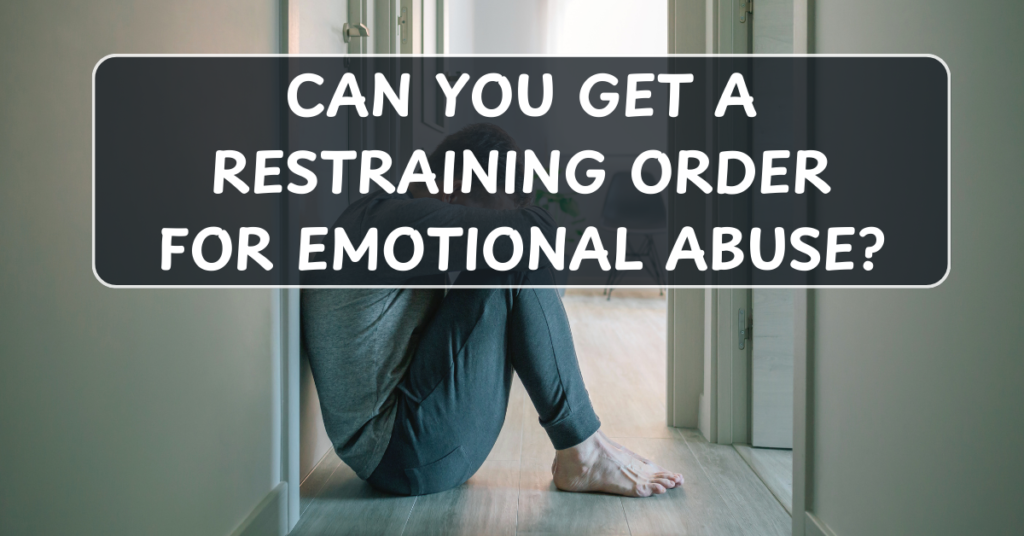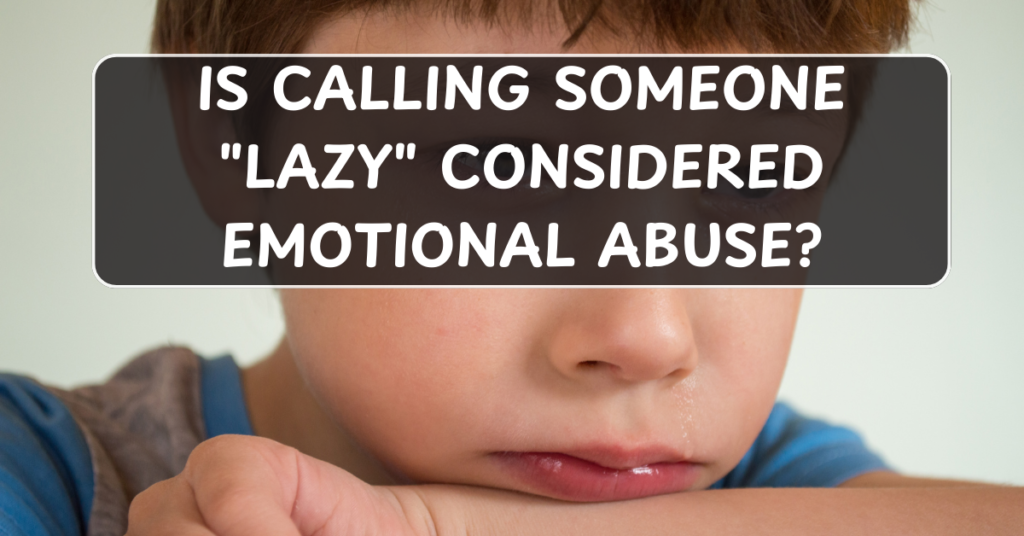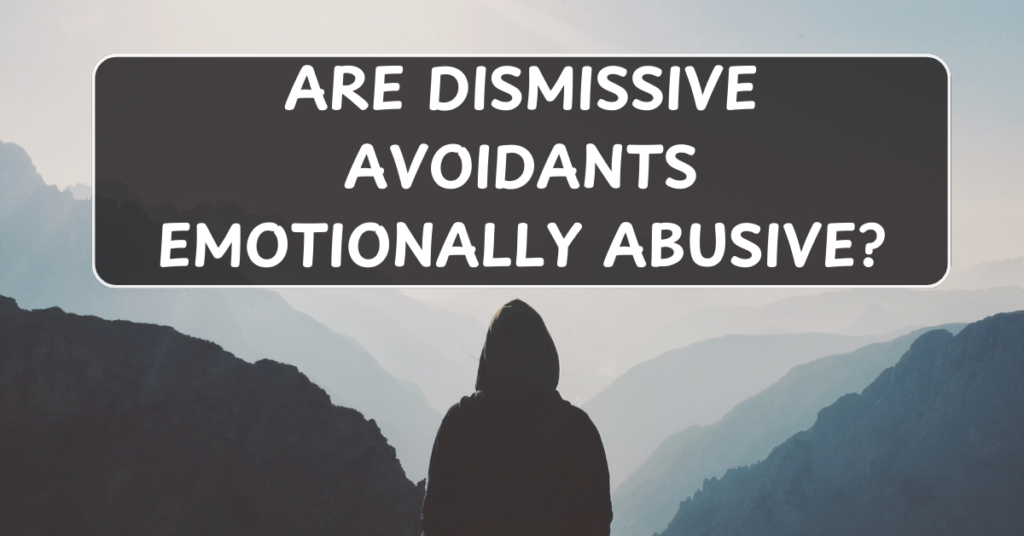
Restraining orders, also known as protective orders, are legal tools designed to protect individuals from harassment, threats, or harm. While they are often associated with physical abuse or violence, they can also be issued in cases of emotional abuse, depending on the circumstances and the laws of the jurisdiction where the abuse occurs.
Emotional abuse can be just as damaging as physical abuse, leading to long-term psychological trauma. This type of abuse may include manipulation, threats, verbal assaults, humiliation, and controlling behavior, all of which can significantly impact a person’s mental health and well-being. Here’s what you need to know about obtaining a restraining order for emotional abuse.
What Is Emotional Abuse?
Emotional abuse is a pattern of behavior designed to control, intimidate, or degrade someone. It may involve:
- Constant criticism or humiliation
- Threats of harm to the victim or their loved ones
- Isolation from friends and family
- Manipulation or gaslighting
- Extreme jealousy or possessiveness
- Verbal attacks or insults
While emotional abuse may not leave visible scars, it can have profound and lasting effects on a person’s mental health, self-esteem, and ability to function.
Can a Restraining Order Address Emotional Abuse?
The ability to obtain a restraining order for emotional abuse depends on several factors, including:
- Jurisdiction: Different states or countries have varying laws regarding what constitutes abuse and whether emotional abuse alone qualifies for a restraining order. Some jurisdictions may require evidence of physical threats or stalking, while others recognize emotional abuse as grounds for protection.
- Evidence: To obtain a restraining order, you typically need to provide evidence of the abuse. This can include text messages, emails, recordings, witness statements, or documentation of threats or harassment.
- Relationship: Many jurisdictions allow restraining orders to be issued against current or former intimate partners, family members, or roommates. However, some also allow restraining orders against coworkers, neighbors, or other non-domestic relationships if harassment or abuse is involved.
- Severity: Courts may assess the severity of the emotional abuse and whether it poses an immediate threat to the victim’s safety or well-being. Threats of physical harm or stalking behaviors alongside emotional abuse may strengthen your case.
Steps to Obtain a Restraining Order for Emotional Abuse
If you believe you are a victim of emotional abuse and need protection, here are the general steps to follow:
- Document the Abuse: Keep records of incidents, including dates, times, and descriptions of the abusive behavior. Save any communications, such as text messages, emails, or voicemails, that demonstrate the abuse.
- Seek Legal Advice: Contact an attorney or a local domestic violence support organization for guidance on your specific situation and the requirements in your area.
- File a Petition: Visit your local courthouse to file a petition for a restraining order. You’ll need to provide details about the abuse and why you feel threatened or unsafe.
- Attend a Hearing: In many cases, a temporary restraining order may be granted until a formal hearing can take place. At the hearing, both parties can present evidence and arguments before the court decides whether to issue a long-term restraining order.
- Follow Up: If a restraining order is granted, ensure you understand the terms and keep a copy with you at all times. Report any violations to law enforcement immediately.
Additional Resources
If you are experiencing emotional abuse, help is available. Contact a local domestic violence hotline or advocacy group for support. In the U.S., you can reach the National Domestic Violence Hotline at 1-800-799-SAFE (7233) or visit their website for resources.
Conclusion
While the process of obtaining a restraining order for emotional abuse can vary, it is possible in many jurisdictions, especially if the abuse includes threats or harassment. If you believe you are in an abusive situation, don’t hesitate to seek help and take steps to protect yourself. Emotional abuse is serious and deserves attention, support, and legal recourse when necessary.


